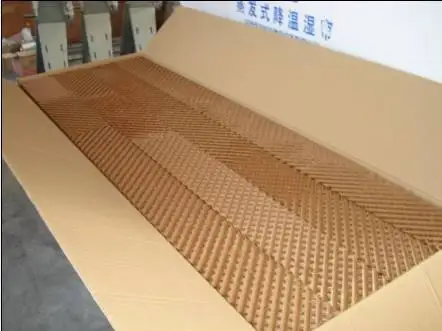cage for broiler chicken
Dec . 04, 2024 18:04 Back to list
cage for broiler chicken
The Importance of Caging Systems for Broiler Chickens
The poultry industry is one of the fastest-growing sectors in agriculture, largely due to the increasing global demand for chicken meat. With this demand comes the need for effective and humane farming practices, particularly in the way broiler chickens are raised. One crucial aspect of broiler chicken farming is the housing system, specifically the use of cages. This article will explore the significance of cage systems for broiler chickens, their benefits, and the considerations necessary for their humane application.
Understanding Broiler Chickens
Broiler chickens are specifically bred and raised for meat production. They grow rapidly, reaching market weight within 5 to 7 weeks. Due to their fast growth rate and the high density of poultry farms, managing their living conditions is crucial for both animal welfare and farm productivity. Proper housing plays a key role in ensuring that these birds are healthy and can grow efficiently.
The Role of Caging Systems
Caging systems for broiler chickens can vary widely from traditional barns with open floor systems to more modern cage-based systems. Cages, although more commonly associated with egg-laying hens, are also utilized in broiler production under specific circumstances. These systems can provide several advantages
1. Space Utilization Caging systems allow for more efficient use of space. With the ability to stack cages vertically, farmers can maximize their production area, accommodating more chickens in a smaller footprint.
2. Disease Control Birds in cages have limited contact with other birds, which helps reduce the risk of disease transmission. This is particularly important given the potential for rapid disease spread in high-density situations. Controlled environments can also facilitate better biosecurity measures, further protecting the flock.
3. Management Ease Caged systems simplify the management of flock health and feeding. Automated feeding and watering systems can be easily integrated, ensuring that each bird receives adequate nutrition without competition or obstruction from others.
cage for broiler chicken

4. Welfare Monitoring Caging systems allow for easier monitoring of individual birds. Producers can quickly identify sick or underperforming animals, enabling timely interventions to improve overall flock health.
The Welfare Considerations
Despite the benefits, the use of cages in broiler production remains a controversial topic, especially concerning animal welfare. Critics argue that cages can restrict natural behaviors, such as movement and social interaction. Therefore, it is essential to design cage systems that adhere to welfare standards.
1. Size and Configuration Cages must be adequately sized to allow birds enough space to move, stretch, and engage in natural behaviors. Regulations such as those set by the World Animal Protection organization emphasize providing sufficient space and environmental enrichment within cages.
2. Environmental Enrichment Integrating features such as perches or opportunities for dust bathing can significantly enhance the welfare of caged birds. These additions allow broilers to exhibit more natural behaviors and reduce stress.
3. Legislation and Certifications Governments and industry bodies are increasingly enforcing standards concerning animal welfare in poultry production. Farmers need to be informed about these regulations and aim for certifications that promote humane practices, thereby meeting both consumer demand and ethical farming practices.
Conclusion
The use of caging systems for broiler chickens is a multifaceted issue that balances productivity, disease management, and animal welfare. While cages can provide numerous benefits in terms of efficiency and health control, it is crucial that they are designed and regulated with the welfare of the birds in mind. By ensuring that cage systems are adequately sized, equipped with enrichment features, and compliant with animal welfare standards, the poultry industry can meet the growing demands of consumers while also promoting ethical treatment of animals. As the sector evolves, continual dialogue and research into best practices will remain vital to balancing productivity with humane farming methods.
-
Automatic Feeding Line System-Pan Feeder Nipple Drinker|Anping County Yize Metal Products Co., Ltd.
NewsJul.29,2025
-
Hot Sale 24 & 18 Door Rabbit Cages - Premium Breeding Solutions
NewsJul.25,2025
-
Automatic Feeding Line System Pan Feeder Nipple Drinker - Anping County Yize Metal Products Co., Ltd.
NewsJul.21,2025
-
Automatic Feeding Line System Pan Feeder Nipple Drinker - Anping County Yize Metal Products Co., Ltd.
NewsJul.21,2025
-
Automatic Feeding Line System - Anping Yize | Precision & Nipple
NewsJul.21,2025
-
Automatic Feeding Line System - Anping Yize | Precision & Nipple
NewsJul.21,2025






